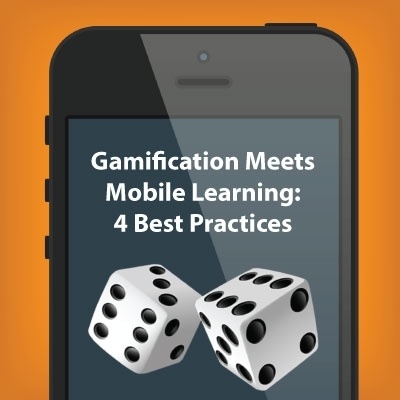The Secret Of Successful Training: Mobile Learning Best Practices
In 2015, Millennials became the largest generational group in the workforce. This group has become accustomed to having everything at their fingertips, literally. The mobile device has become a portal to all things important: entertainment, banking, social networking, shopping, and much more. So, it’s only logical that job training follows suit. Anyone can implement mobile training and most will want to do it successfully. Listed below are 7 mobile learning best practices that will get you well on your way to a successful mobile learning program.
1. Create Short Courses
To appeal to the mobile learner, courses need to be short microlearning courses. Mobile learners, even more than all other learners, do not have the attention span to complete a long course on a hand-held device. 30 minutes is too long. As are 20- or even 15-minute courses. To keep your mobile learners’ attention, your courses need to be short – 5 minutes as the longest.
2. Design For Microlearning
This does not mean cut up the original long courses into small, bite-sized courses. When you try to develop short courses by simply splitting a long course into several short courses, the end product tends to be confusing and obviously has the feel that the learner is missing other information. It is the same as watching a portion of a video and when you stop the video, the speaker was in the middle of a sentence and you wonder what the speaker was about to say.
The same thing happens when course developers take a long course and try to split into several small, short courses. The courses tend not to make sense and do not make for a fluid and understandable course. Instead, take broad topics and identify all the subtopics. Then create a course for each sub-topic. For instance, the broad topic of communication skills has many sub-topics including nonverbal communication, effective email writing, knowing your audience, listening skills, etc. Develop one course for each subtopic with each course having one, small distinct learning objective per course. Designing a course from scratch as a short or micro-learning course will ensure the course is comprehensive for the sub-topic and does not contain any extraneous material/information. And the course won’t contain half-spoken thoughts!
3. Ensure Your Courses Are Mobile Responsive
The course should automatically respond to screen size and orientation just like your learners’ favorite applications. This increases familiarity and ease of use. Expanding the text, then pinching the text and scrolling across the screen to see lines of text or worse to view a video are definite obstacles to a great mobile learning experience.
4. Focus On Student Engagement
Learning on-the-go has many benefits, but keeping the student engaged is not one of them. Learners will always be distracted, especially with mobile learning. Develop courses with the knowledge that your content must compete with copious amounts of outside stimuli. Intertwine elements that keep the student engaged, such as images, videos, interesting design, and interactivity.
5. Make Sure Your Design Is User-Friendly
An intuitive design is essential for an effective learning experience. Relating to the previous point, there are many, many distractions, and having to navigate a confusing user interface will only detract from the content.
6. Utilize Tracking Data
Learn from your learners. Keep track of what their behavior can tell you about your courses. Is something too easy? Too hard? Where do learners spend most of their time on the course? This data can be used to improve your courses. Students can be the greatest teachers.
7. Keep Your Videos And Images Updated
When creating mobile courses, make sure you use updated videos and images. Do not use outdated anything because with the technological world moving so fast, the learner will notice. Outdated courses is a real problem in the industry. They are everywhere and make sure they are not in your mobile course library.
Armed with these best practices, you are well on your way to creating a thriving mobile training program. eLearning is becoming mLearning. Listed above are 7 mobile learning best practices to increase your success with training!









